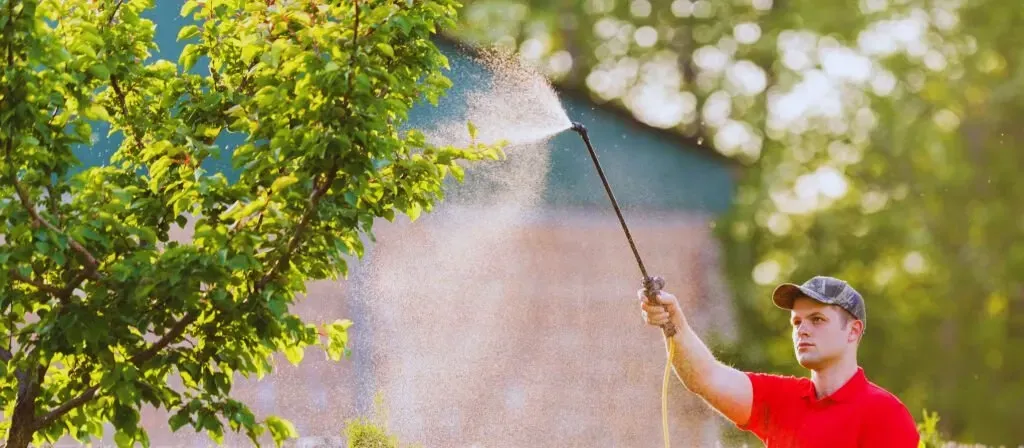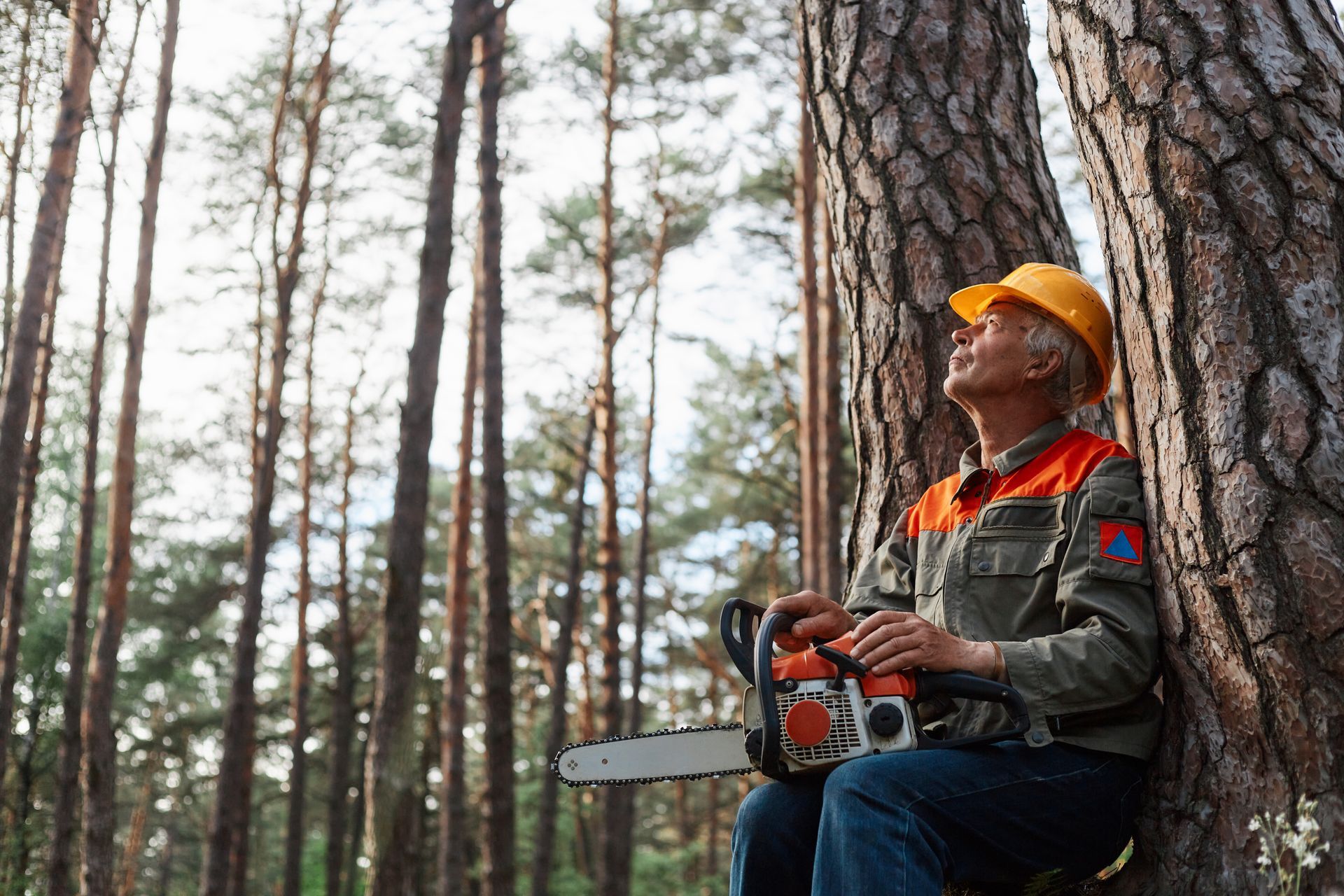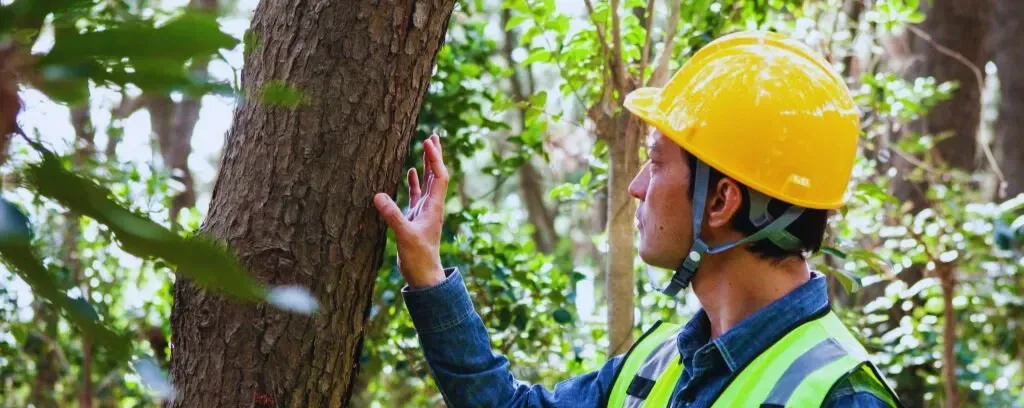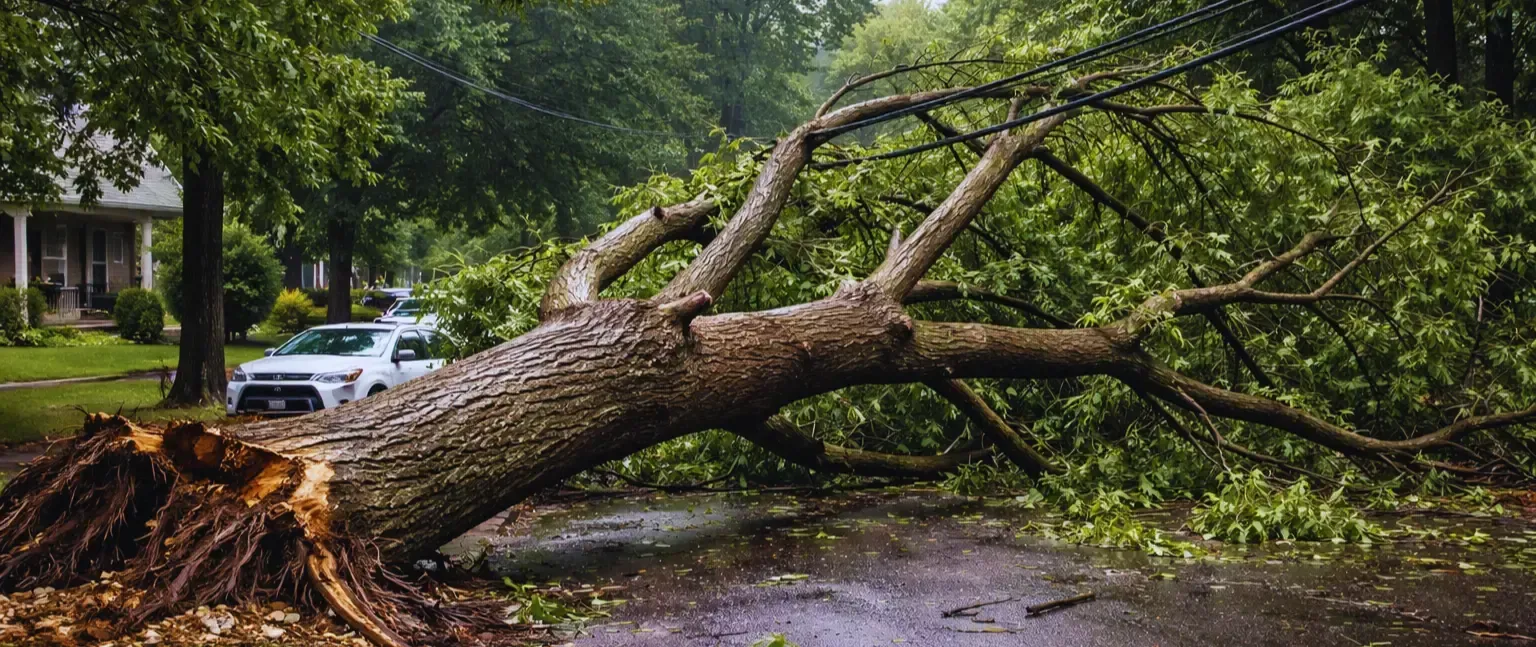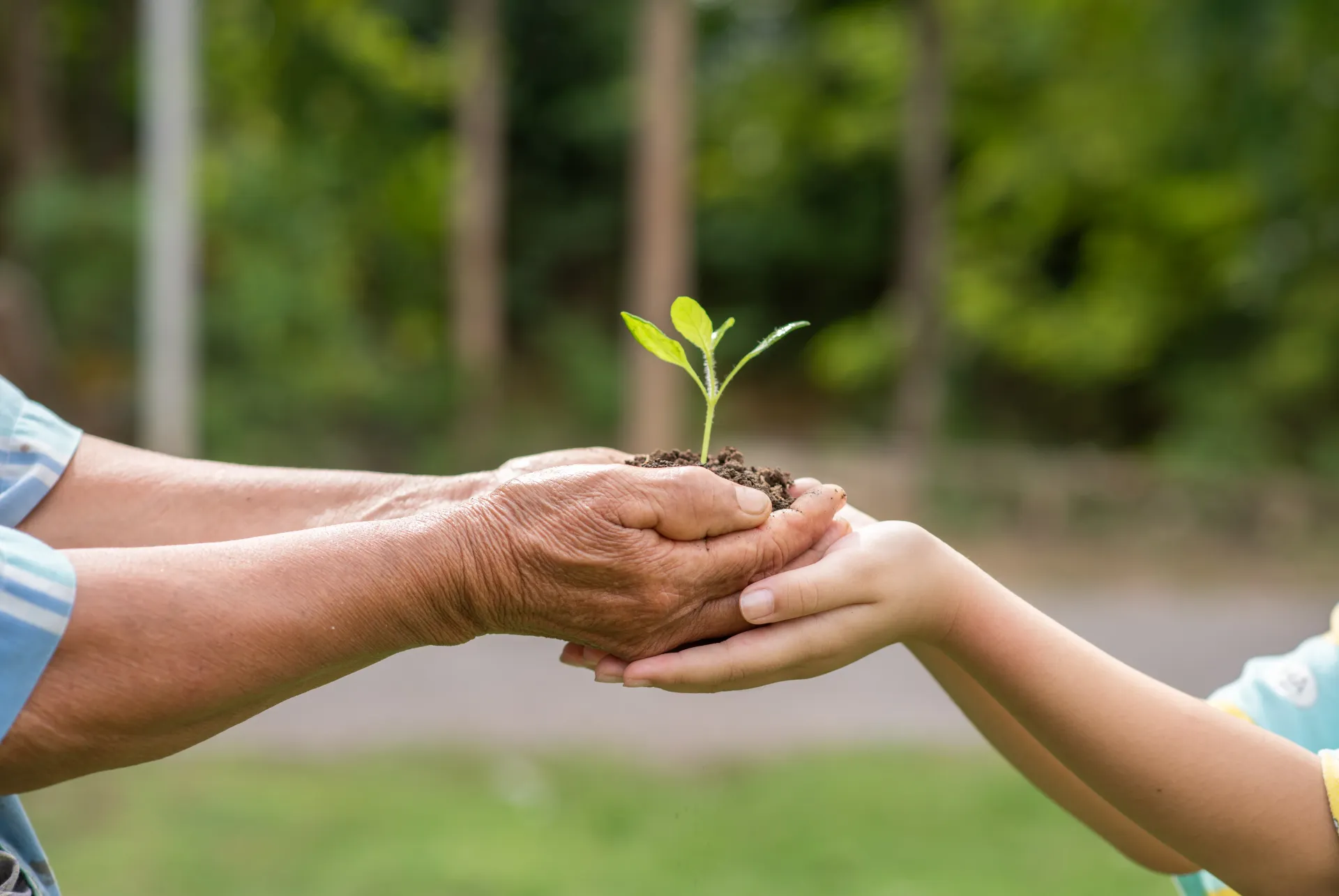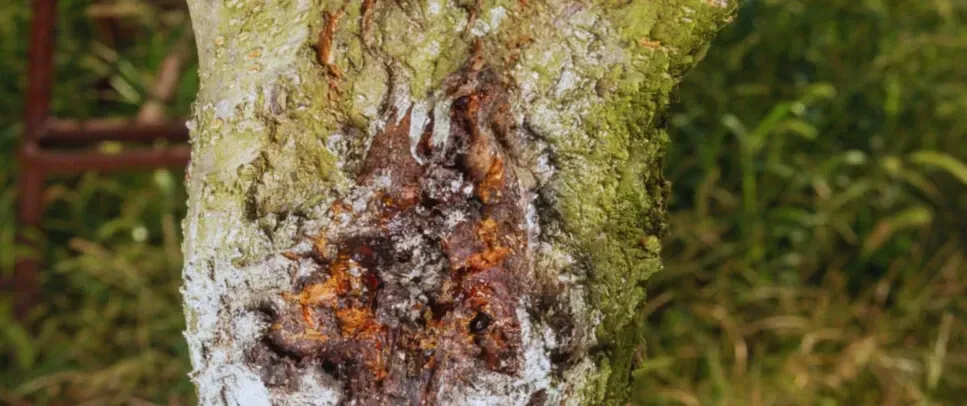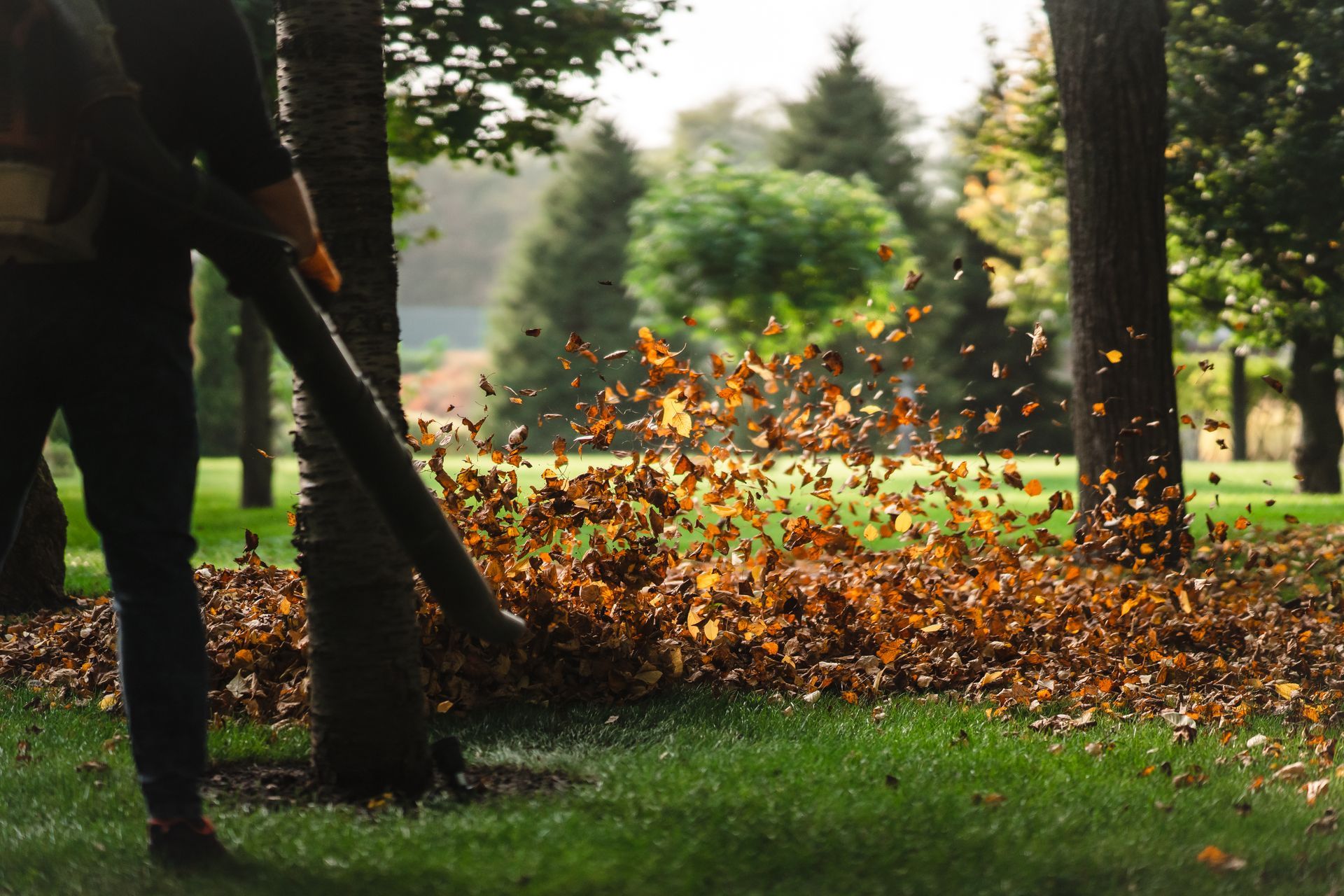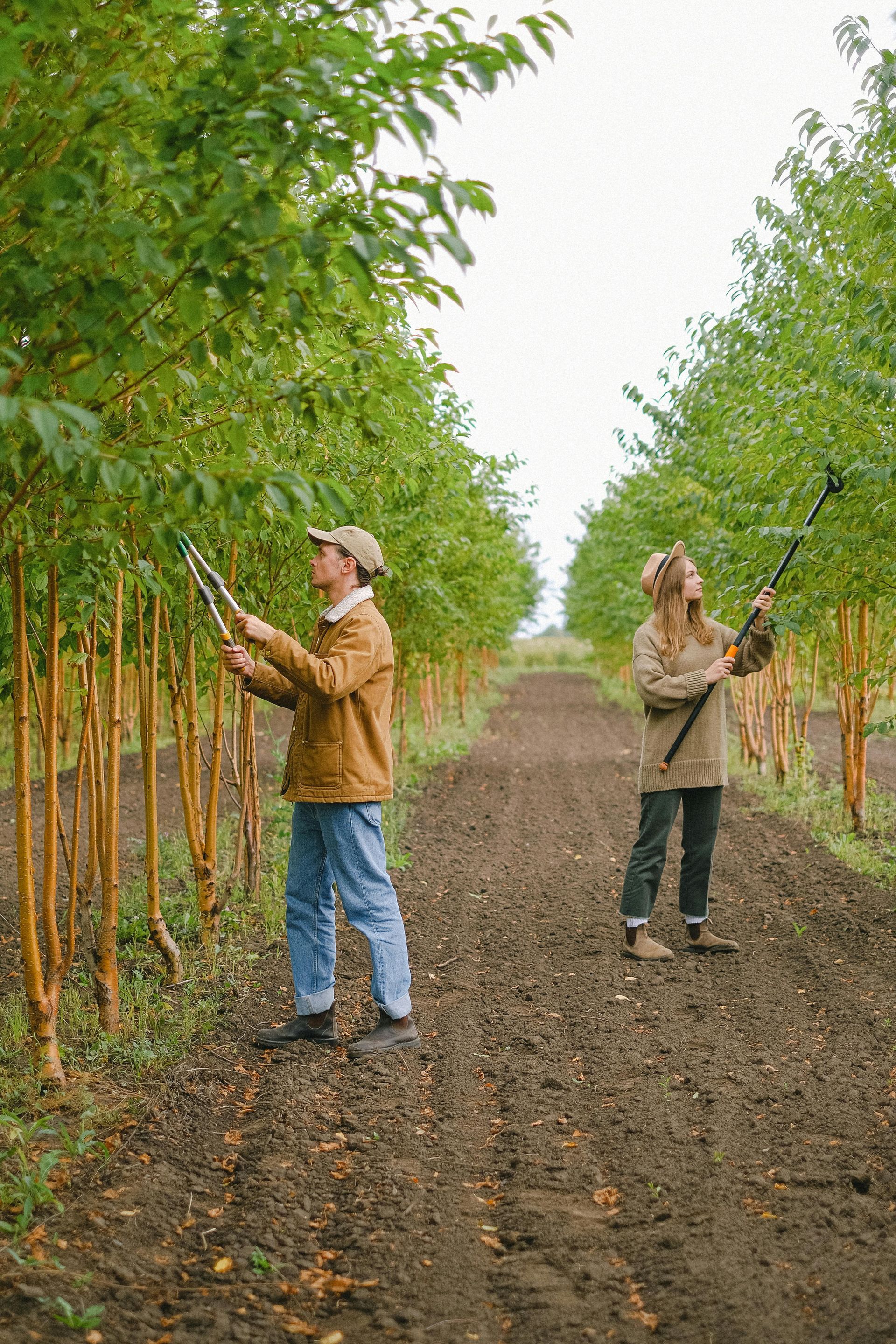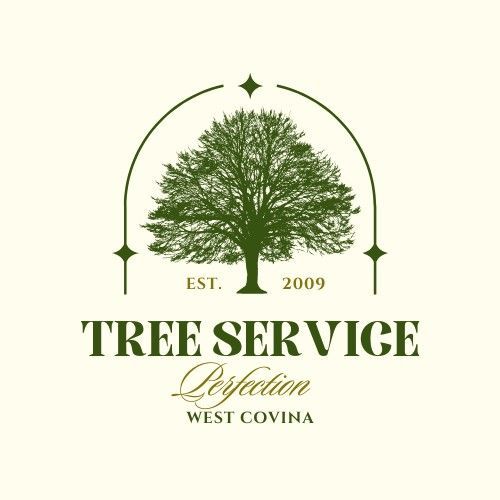Why Professional Tree Assessments Matter: Protect Your Property and Trees
Why Professional Tree Assessments Matter
Trees are magnificent, but they’re also living organisms that change, weaken, and sometimes die. Just like a doctor checks your health, a professional tree assessment checks the health and stability of your trees. Without one, you may not know a storm-damaged limb or diseased trunk is threatening your home or safety. That’s why professional tree assessments matter so much—they protect both your property and the natural beauty that surrounds it.
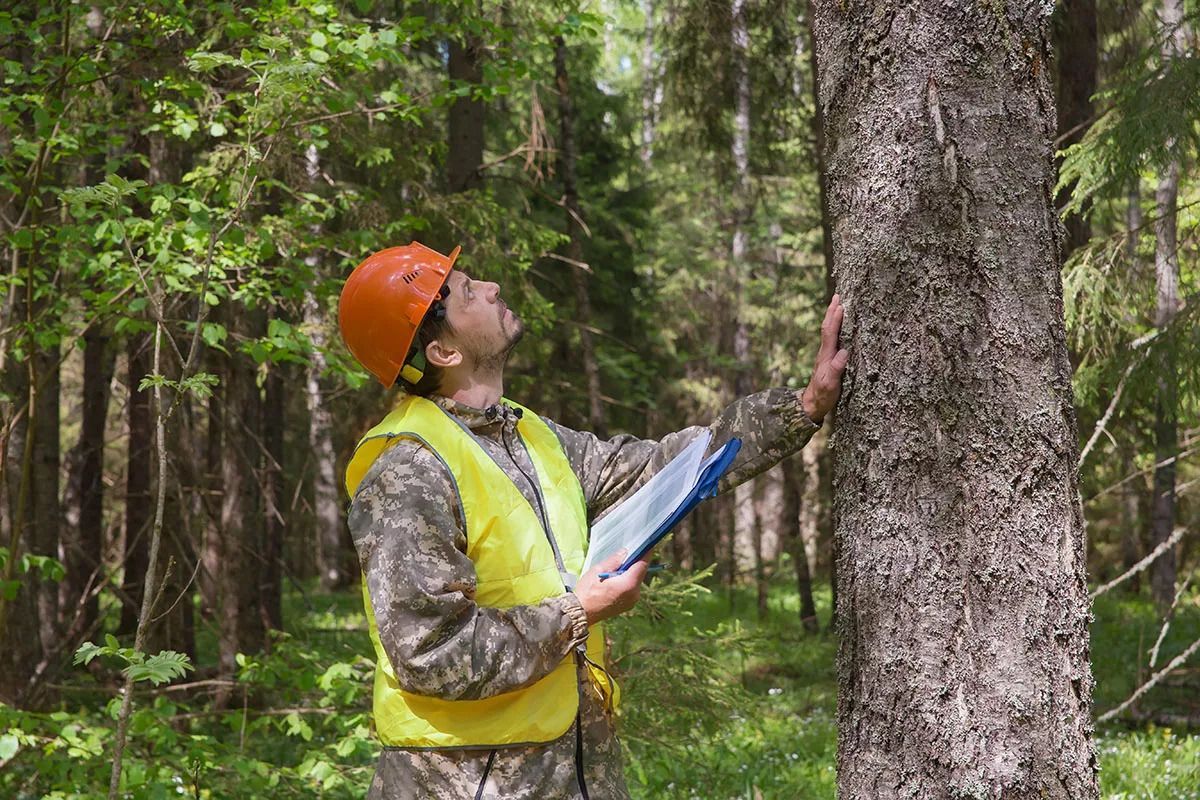
The Critical Role of Tree Health Assessments in Urban Landscapes
In urban environments, trees do more than just look pretty. They provide shade, reduce heat, improve air quality, and offer homes to birds and squirrels. But when a tree gets sick or unstable, the results can be disastrous—falling limbs, property damage, blocked roads. That’s where professional assessments come in. Certified arborists evaluate trees in cities and suburbs to identify issues before they become hazards.
How Tree Assessments Safeguard Your Property and Loved Ones
A falling branch may seem harmless—until it lands on a car, roof, or someone walking by. Tree assessments help you avoid these scenarios. An expert looks at the roots, trunk, canopy, and nearby soil to catch hidden problems. The goal? Prevent costly damage and make sure your loved ones are safe. And when your property includes large or aging trees, these evaluations are not just smart—they’re essential.
What Arborists Look for During a Tree Inspection
Professional arborists have trained eyes. During an inspection, they’ll check for:
- Cracks or cavities in the trunk
- Signs of insect infestations
- Fungal growth or root decay
- Leaning posture or weak branches
- Soil erosion or compacted roots
They also consider external factors like nearby construction or changes in weather patterns. These insights are impossible to spot without experience.
Early Detection of Tree Diseases and Pests
Tree diseases often start silently. A small fungus today could destroy a tree in months. By the time you notice yellowing leaves or missing bark, it might be too late. Professional assessments catch problems early—things like Dutch elm disease, oak wilt, or infestations of emerald ash borer. Treatment is cheaper and more effective when caught early.
Reducing Risks of Falling Branches and Uprooted Trees
High winds, heavy rain, or snow can turn weak trees into weapons. Branches snap, trunks split, and roots fail. A professional tree assessment identifies weak spots before nature puts them to the test. You don’t want to discover a tree’s flaws only after a storm rips through.
Preserving the Ecological Value of Trees
Healthy trees do more than beautify—they anchor soil, support biodiversity, and cool the environment. When one dies, its loss ripples through the ecosystem. Tree assessments ensure trees stay strong and continue doing their ecological job. Arborists may recommend pruning, soil treatment, or even strategic replanting to keep nature’s balance intact.
Boosting Property Value with Healthy Trees
According to real estate studies, a well-landscaped yard with mature trees can increase a home’s value by up to 20%. But diseased or dying trees? They do the opposite. Regular assessments help maintain tree health, which in turn enhances curb appeal and marketability. If you’re planning to sell, schedule a professional tree evaluation as part of your prep.
Liability Issues: How a Tree Assessment Can Save You from Legal Trouble
If a neglected tree falls and damages a neighbor’s property—or worse, injures someone—you could be held liable. Courts may consider whether you “should have known” the tree was a risk. A tree assessment from a certified arborist can document that you took responsible action. It might even serve as evidence in your favor if an incident occurs.
Why Tree Evaluations Are Essential Before and After Storms
Storms wreak havoc. Trees take the brunt of it. After high winds or lightning strikes, hidden cracks and stress fractures can form. A quick glance won’t catch them—but an arborist will. Getting an assessment after a storm ensures no surprises later. Likewise, an evaluation before hurricane or wildfire season can identify trees that need trimming or removal to prevent disaster.
Extending the Life of Your Trees Through Professional Care
Just like pets and people, trees live longer with routine care. A professional assessment offers guidance on proper watering, fertilization, pruning, and disease prevention. It’s like getting a maintenance plan for your leafy investments. This type of proactive care extends tree life by years, sometimes even decades.
Why Tree Assessments Save You Money in the Long Run
It might seem cheaper to skip a tree inspection—but that’s short-term thinking. A single fallen tree can cost thousands in roof repairs, landscape cleanup, or legal fees. Compare that to the modest price of a professional assessment, and it’s clear which option saves money. Prevention always beats the cost of emergency response.
Tools and Techniques Used in Modern Tree Inspections
Arborists use both traditional methods and advanced tech, including:
- Resistograph tools to measure internal decay
- Aerial drone inspections for tall canopies
- Ground penetrating radar for root issues
- Sonic tomography (like an ultrasound for trees)
These tools make assessments more accurate than ever, giving you precise knowledge about your tree’s health.
Warning Signs That Indicate the Need for a Tree Assessment
Wondering if it’s time for an inspection? Watch for:
- Leaning trunk
- Mushrooms near the base
- Sudden leaf drop or yellowing
- Bark peeling or cracking
- Dead limbs or thinning canopy
Any of these signs should prompt you to call an expert before the issue gets worse.
The Best Time of Year to Schedule a Tree Evaluation
While assessments can be done year-round, the best times are:
- Spring: Identifies new growth issues
- Summer: Highlights pest activity
- Fall: Prepares trees for winter storms
- Winter: Great for structural evaluations when leaves are gone
Scheduling regular inspections based on seasons ensures complete care.
Choosing the Right Tree Service for Accurate Assessments
Not all tree services are created equal. Look for:
- ISA Certified Arborists
- Local references and reviews
- Insurance coverage
- Transparent pricing
If you're in need of expert care, consider Tree Service for top-rated inspections and safe tree management.
Why Local Tree Services Know Your Trees Best
Local experts understand your region’s soil, weather, native species, and pests better than any out-of-town provider. They also know the city’s regulations on tree trimming or removal. For example, Contact a local tree service in Covina to ensure your trees meet both safety and legal standards.
Frequently Asked Questions about Tree Assessments
How often should I get a professional tree assessment?
Once a year is ideal, or after major storms. Mature trees may need more frequent checks.
What’s the cost of a tree assessment?
Prices vary but typically range from $100 to $300 depending on the property and number of trees.
Can I assess my trees myself?
You can spot basic issues, but only certified arborists can detect hidden problems and offer legal documentation.
Is a tree assessment the same as tree trimming?
No. Assessments evaluate the tree’s health and structure. Trimming is a maintenance activity that may follow the assessment.
Will the arborist tell me if a tree should be removed?
Yes. If a tree poses a hazard and cannot be saved, the arborist will recommend safe removal.
Do assessments include pest control recommendations?
Absolutely. Arborists can suggest or apply treatments for pests like beetles, borers, or mites.
Final Thoughts: Prioritizing Tree Assessments for Safety and Sustainability
Your trees are more than decoration—they’re living assets that protect, shade, and add value to your home. But without regular checkups, they can become liabilities. Investing in professional tree assessments isn’t just wise—it’s necessary. You protect your property, save money, and help the environment in one go. Whether you're maintaining an urban forest or caring for backyard oaks, get your trees inspected today.
Links
